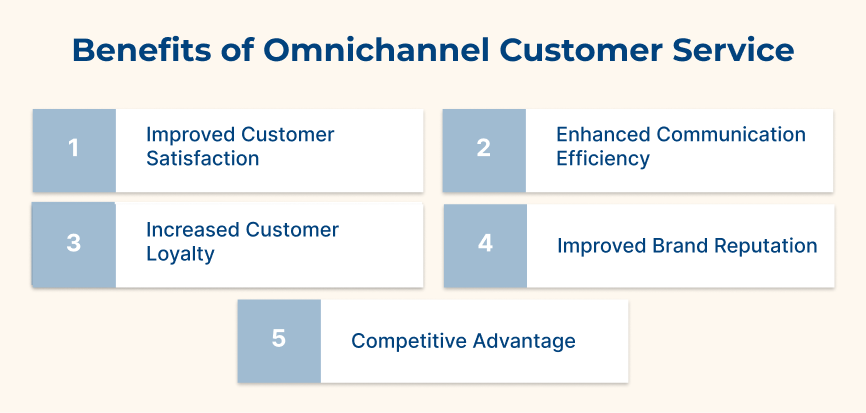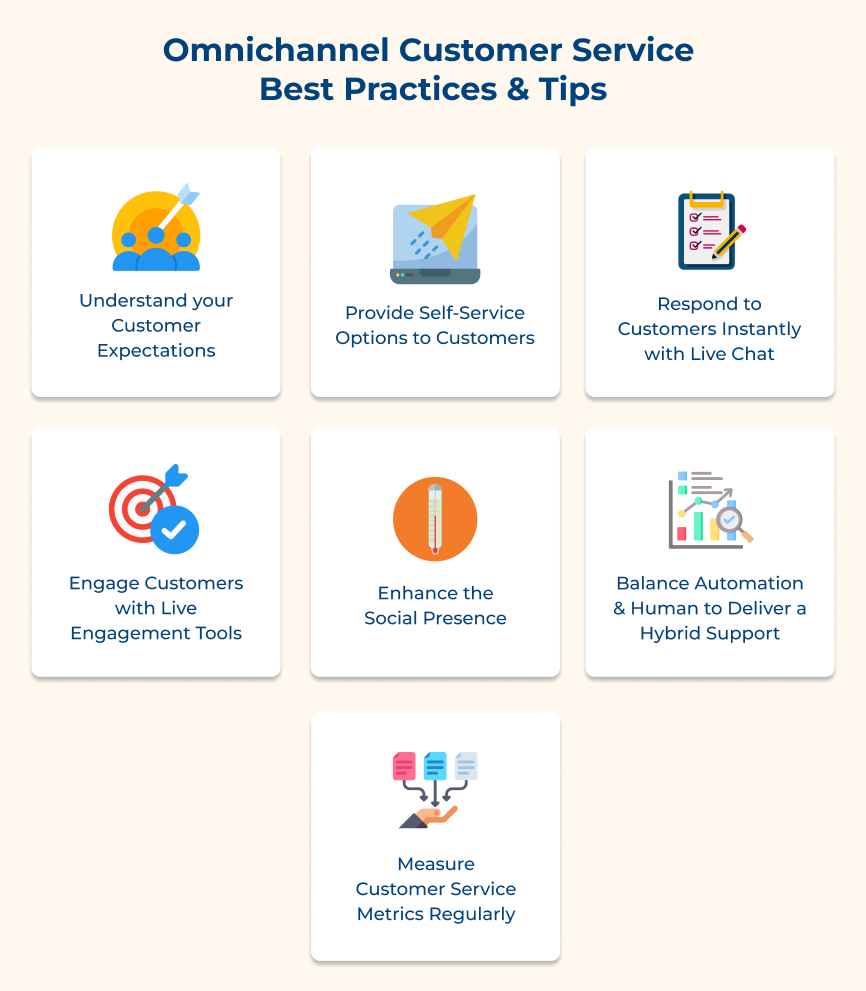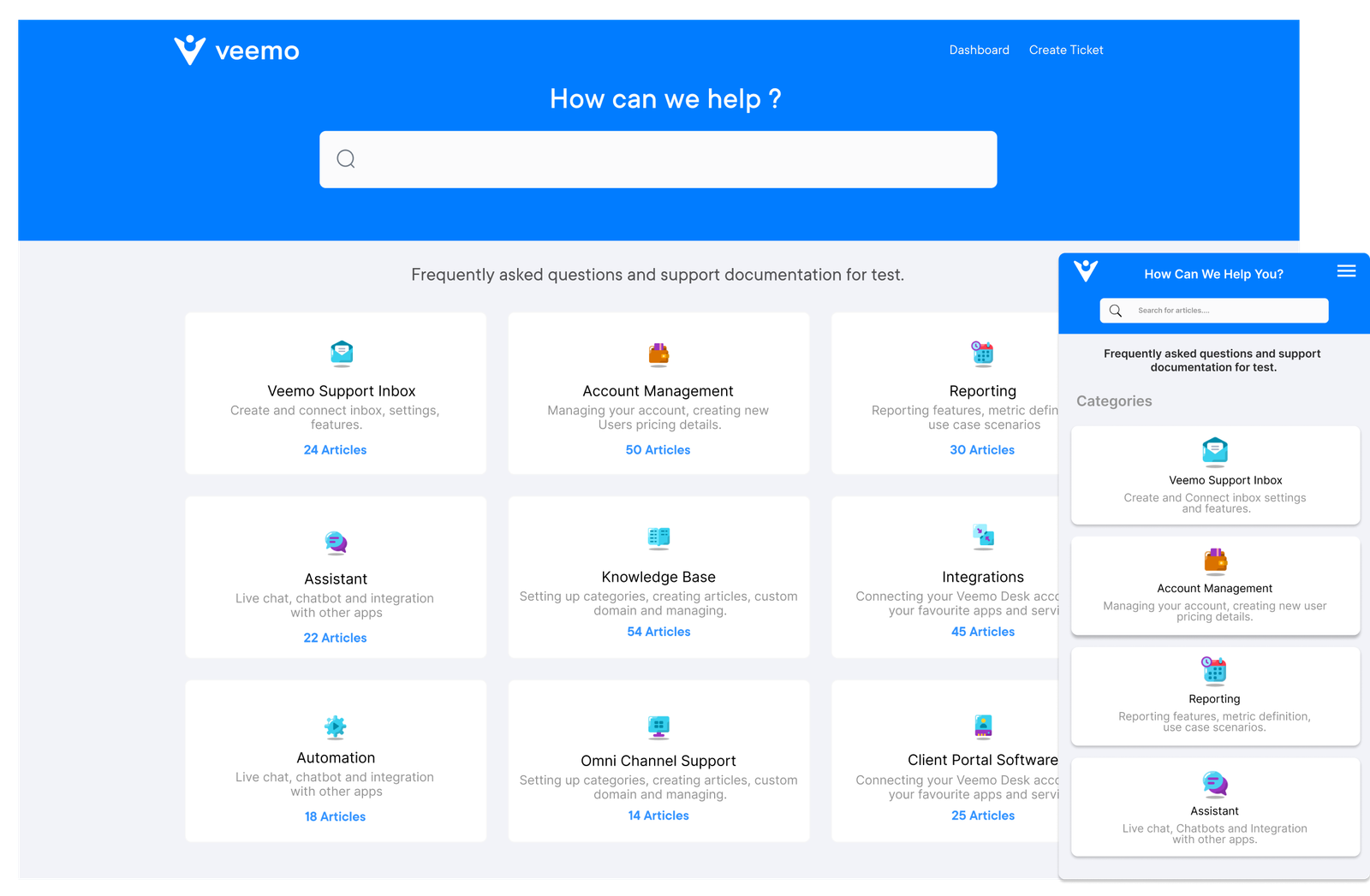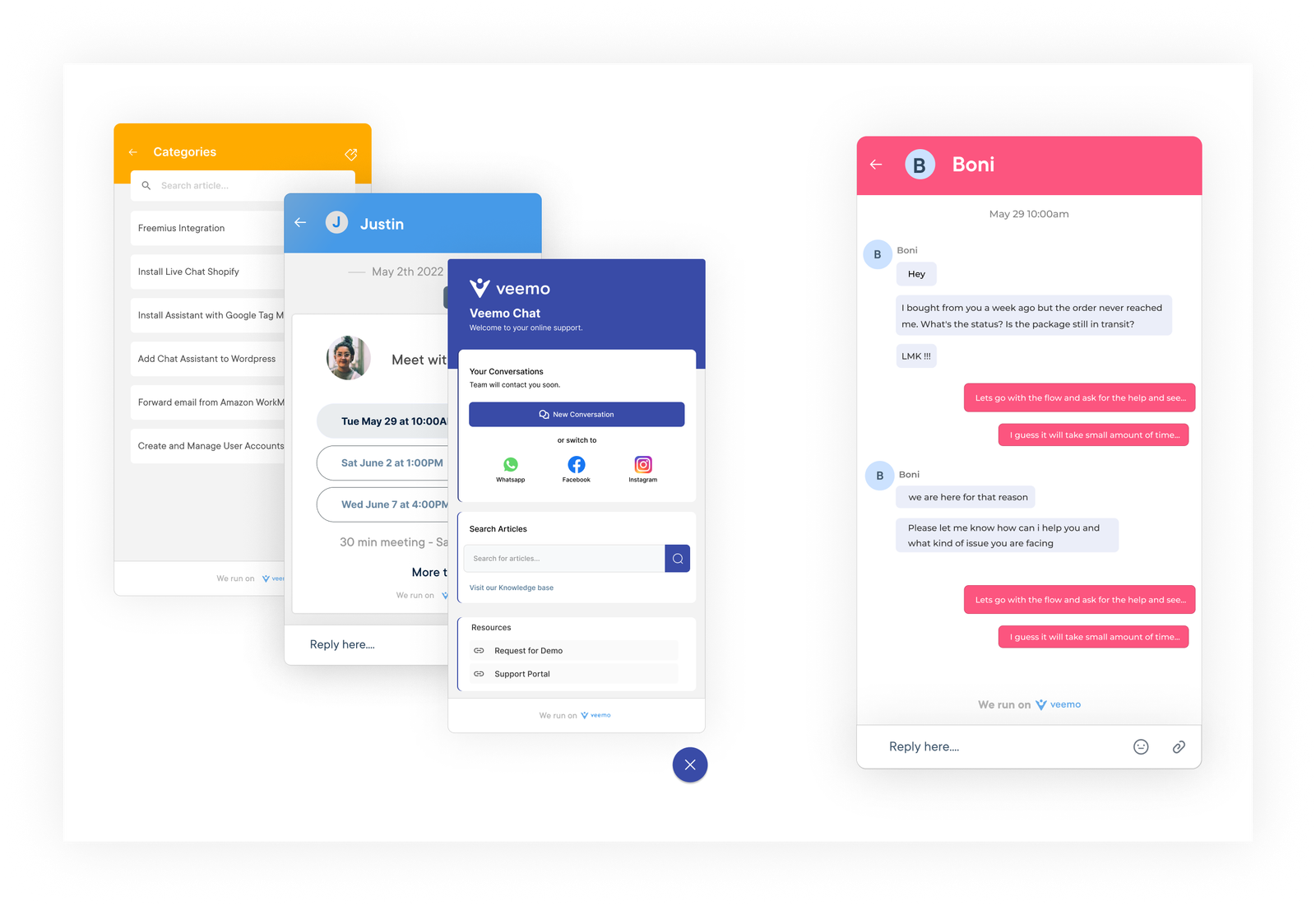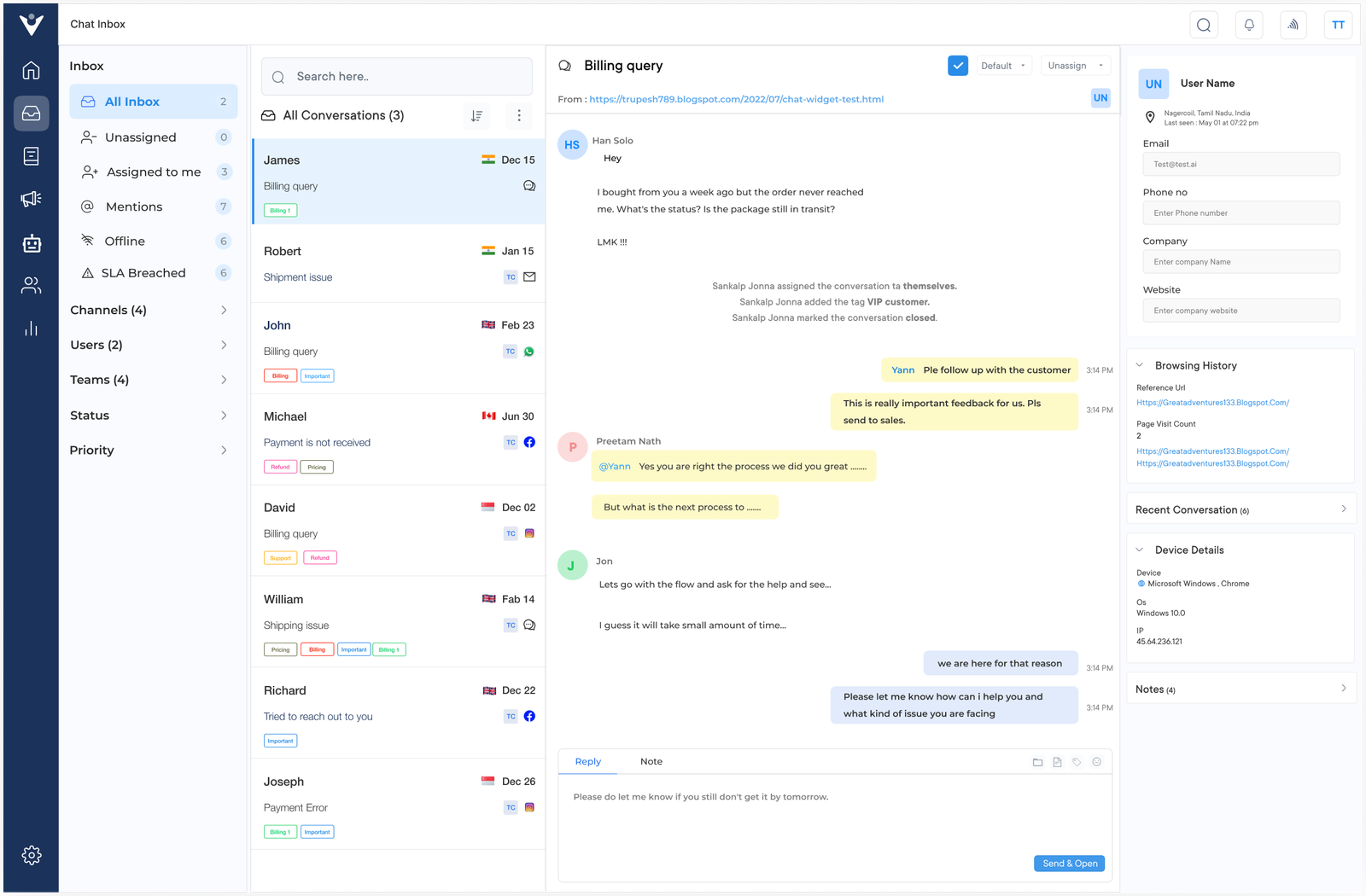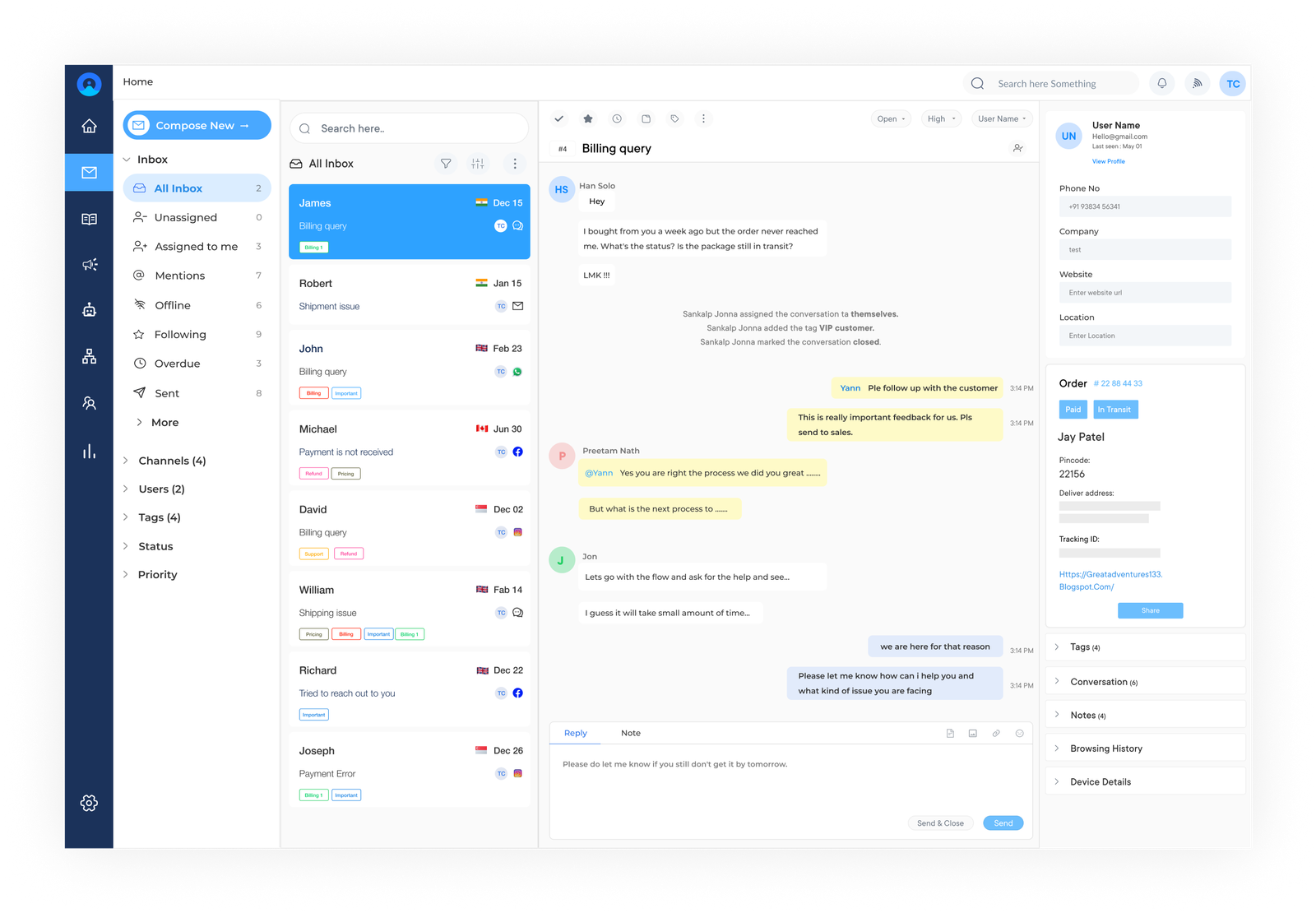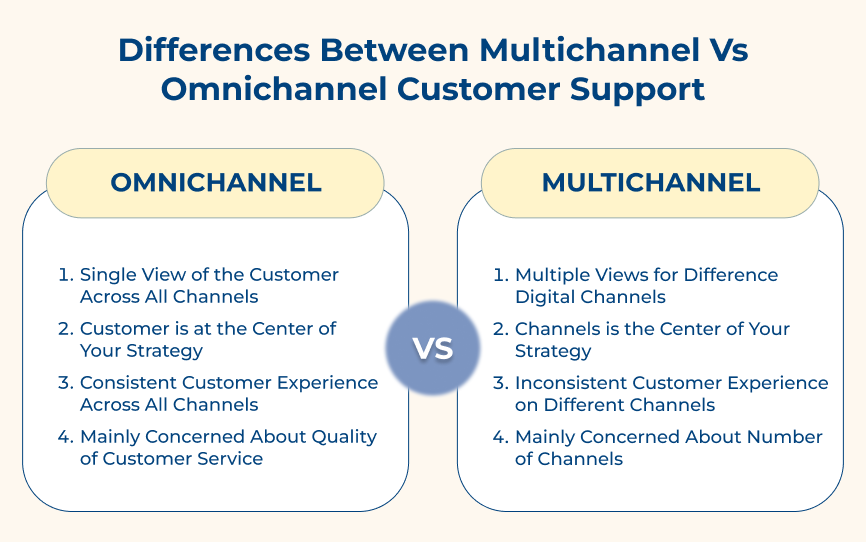One of the primary use cases of live chat is resolving customer queries and issues promptly. Instead of waiting on hold or sending an email, customers can interact with a live chat agent who can provide immediate solutions. It not only saves time but also enhances customer satisfaction.
Best practices:
- Businesses must ensure that live chat is easily accessible on their website and mobile apps. This allows customers to initiate conversations effortlessly.
- Agents should be trained to understand each customer’s unique needs and provide tailored assistance accordingly.
4. Engage Customers with Live Engagement Tools
While traditional customer service methods such as phone calls and emails are still relevant, incorporating live engagement tools into the omnichannel customer service approach can take customer interactions to the next level. Live engagement tools enable businesses to interact with customers in real time, providing instant support and personalized experiences across multiple channels.
E-commerce businesses utilize live chat to assist customers with product inquiries, navigate through the website and close sales. Video calls can help personalize the shopping experience by allowing customers to virtually try on clothing or view product demonstrations. Likewise in the banking sector, live engagement tools are used to provide real-time assistance for account inquiries, loan applications and financial advice.
Best practices:
- Properly train the customer service representatives on how to effectively use live engagement tools and provide exceptional customer experiences.
- Respond promptly to customer queries and provide personalized solutions to enhance customer satisfaction.
5. Enhance the Social Presence
Businesses of all industries must have a strong social presence to connect with their customers effectively. Brands have been already putting around 8.7% of their total revenue towards their social ads budget. Enhancing the social presence involves actively engaging with customers on various social media platforms. It goes beyond simply having a profile as it requires regular interaction, sharing valuable content and addressing customer queries promptly.
A great example of an organization that has successfully enhanced its social presence to create an omnichannel customer service strategy are e-commerce companies. They utilize social media platforms to promote their products and provide personalized assistance to customers swiftly. Promptly responding to inquiries or complaints via social media demonstrates the business is committed to making the customer satisfied.
Best Practices:
- Share valuable content that resonates with the target audience to build brand credibility.
- Use social listening tools to track brand mentions and gather customer feedback to identify areas for improvement.
6. Balance Automation & Human to Deliver a Hybrid Support
Automation plays a crucial role in providing efficient and scalable customer support. Leveraging the technology of automation can assist in routing inquiries to the right department or providing self-service options, reducing response times. It is important not to rely solely on automation as customers still value human support and appreciate the personal touch it brings.
Imagine a customer browsing an online store and encountering a technical issue during checkout. An automated chatbot can initially offer troubleshooting tips or provide information on common issues. If the problem persists, the customer can seamlessly be transferred to a human agent, who can then provide detailed assistance to eventually resolve the issue.
Best practices:
- Brands must analyze customer data and feedback to tailor their support strategies to the specific needs of the users.
- Agents should have access to complete customer information and chatbot transcripts to provide personalized support.
7. Measure Customer Service Metrics Regularly
Measuring customer service metrics provides an overview of the current state of customer service operations. It allows you to identify areas of improvement and track the progress of any initiatives you have implemented. Regularly monitoring KPIs enables businesses to understand the impact of their customer service efforts and identify any gaps that need to be addressed.
Think of an online retailer that wants to enhance its omnichannel customer service strategy. They regularly measure metrics such as average order delivery time, customer feedback and response time on different channels. It is only then they can identify areas where they are excelling and areas that require improvement. The data-centric approach enables them to streamline their operations, prioritize resources and provide a consistent experience across all channels.
Pro tips:
- Clearly define the KPIs and ensure they align with the overall business objectives.
- Collect customer feedback through surveys, social media monitoring or feedback forms to gain insights into customer satisfaction levels.
Omnichannel Customer Service Examples
Following are compelling examples of companies that excel at omnichannel customer service, highlighting best practices and key takeaways you can implement to elevate your own customer experience.
1. Starbucks
Starbucks is a prime example of a company that excels in omnichannel customer support. They have seamlessly integrated their mobile app, website and in-store experiences to create a unified customer experience. Customers can order their favorite drinks through the mobile app, pay and pick them up at any nearby Starbucks location. Their app allows customers to track their loyalty rewards and personalize their orders.
2. Disney
Disney is renowned for its exceptional customer service and their omnichannel approach is a big part of it. They have developed the “MagicBand” technology, which serves as an all-in-one device for guests visiting their theme parks. The MagicBand allows customers to access their hotel rooms, enter the park, make purchases and even reserve fast passes for rides.
3. Amazon
Amazon has mastered omnichannel customer support. Their vast range of offerings is available through multiple channels, including their website, mobile app and voice-activated devices like Amazon Echo. Customers can effortlessly switch between various channels, add items to their cart on one device and complete the purchase on another.
4. Uber
Uber revolutionized the transportation industry by providing a seamless experience through their app. Customers can request a ride, track the driver’s location in real time, make payments and rate their experience, all within the app. Uber provides customer support through various channels, including email, phone and in-app messaging. Their omnichannel customer service strategy ensures that customers can easily get assistance whenever they need it.
5. Nike
Nike has successfully implemented a strategy that integrates their online and offline stores. Customers can browse products on Nike’s website or mobile app, check product availability at nearby stores and reserve items for in-store pickup. Nike also offers personalized recommendations based on customers’ preferences and previous purchases. Connecting its digital and physical channels enables Nike to create a consistent and personalized experience for its customers.
Top 5 Omnichannel Customer Service Platform
Below are the best omnichannel customer service platforms that can help your business connect with customers seamlessly across various channels and enhance overall satisfaction.
1. Veemo






